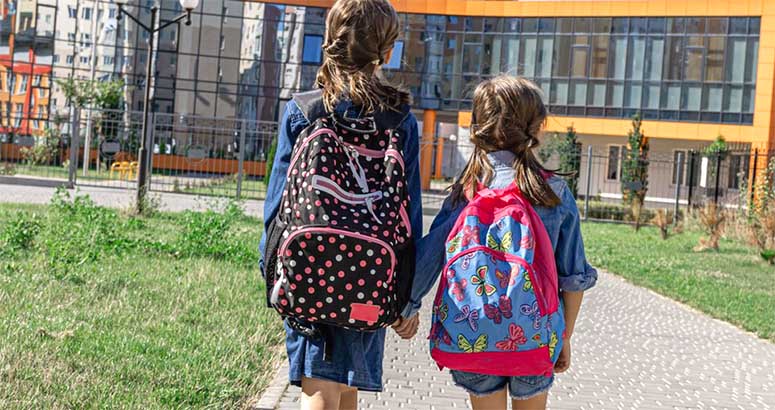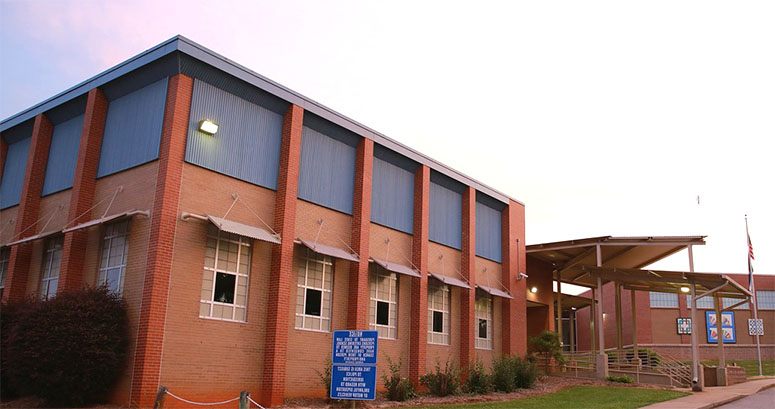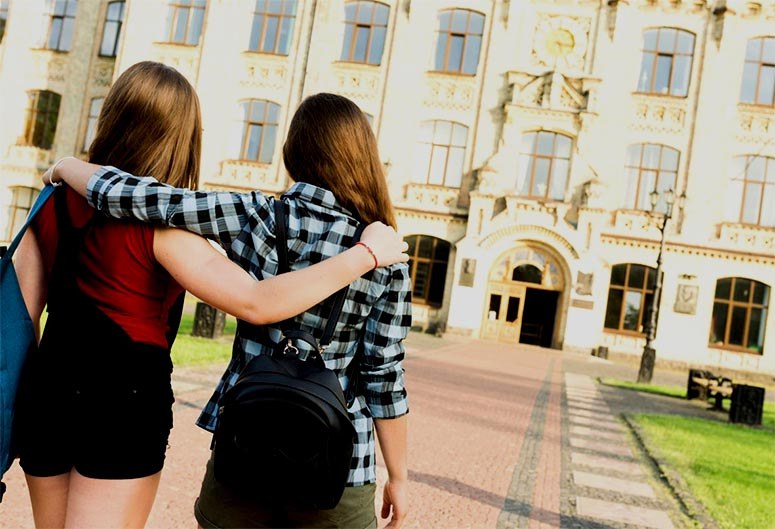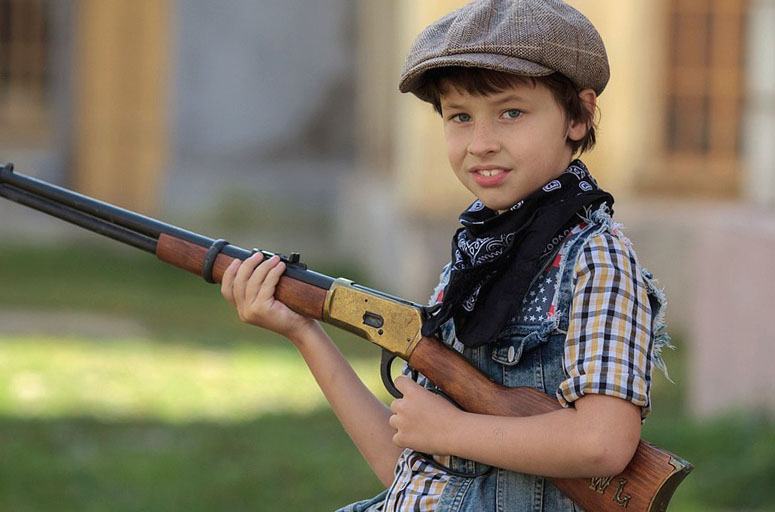Contents
School shootings have emerged as a significant concern in contemporary society, prompting urgent inquiries regarding their definition, frequency, and the various factors contributing to their occurrence.
This discussion seeks to elucidate the complexities surrounding school shootings, beginning with an examination of what constitutes such an event, followed by an analysis of the alarming statistics that illustrate their prevalence and help answer the question – what are the odds of being in a school shooting?
We will investigate the demographics of shooters, the prevalent motives behind these tragic incidents, and the impact of mental health and gun accessibility on their occurrence.
Furthermore, we will explore prevention strategies that can be effectively implemented by parents, educators, and students.
This critical conversation addresses a pressing issue that profoundly impacts our schools and communities.
What constitutes a school shooting?
A school shooting is generally defined as an incident involving the use of firearms within the premises of an educational institution, which can have profound and devastating effects on students, parents, and the broader community.
While the definition may vary depending on legislative frameworks and media interpretations, it typically encompasses any shooting event that occurs within school facilities or during school-related activities.
Given the increasing concerns surrounding gun violence in recent years, it is essential to have a clear understanding of what constitutes a school shooting in order to implement effective prevention strategies and enhance public safety.
As part of this understanding, many people wonder, what are the odds of being in a school shooting, given the alarming nature of such incidents and the need for preparedness in educational environments.
Is There a standard definition?
There is currently no universally accepted standard definition of a school shooting, which often results in inconsistencies in media coverage and discussions related to public health concerning this tragic phenomenon.
Various stakeholders, including law enforcement agencies, educational institutions, and advocacy groups, possess differing interpretations of what qualifies as a school shooting.
For instance, law enforcement may define such incidents strictly as occurrences involving gunfire within school premises, while education officials might expand this definition to include threats or related violence that impacts the safety of students.
Advocacy groups often highlight the significance of these definitions in relation to legislation aimed at preventing violence in schools.
These diverse interpretations not only distort statistics pertinent to these incidents but also influence the narrative presented in the media, ultimately affecting public perception and responses to the issue of school shootings and the legislative measures that may follow.
Statistics on school shootings

Statistics pertaining to school shootings reveal concerning trends that underscore the frequency and severity of these incidents, highlighting the urgent necessity for effective prevention strategies within educational institutions.
In recent years, numerous studies have documented an increase in the number of school shootings, reflecting wider societal issues related to gun violence and the psychological repercussions for students, parents, and communities.
Through a thorough analysis of these statistics, stakeholders can gain a deeper understanding of the risk factors involved and identify suitable public safety measures.
By doing so, schools and communities can better grasp what are the odds of being in a school shooting and work towards minimizing these odds through targeted intervention.
How many school shootings occur each year?
How many school shootings occur each year? On average, numerous school shootings are reported annually, a statistic that highlights the urgent need for enhanced public safety measures within educational environments.
These incidents, which have varied from tragic fatalities to non-fatal injuries, reflect a concerning trend that has escalated over the years.
Understanding the scope of this issue requires examining the factors that contribute to school shootings. These include access to firearms, mental health issues, and the influence of media.
The question arises – what are the odds of being in a school shooting? While statistically, the likelihood of any individual being directly involved in a school shooting is low, the pervasive fear and anxiety these events generate are significant.
Educational institutions must confront the implications of these statistics, as they not only underscore the vulnerability of students and staff but also necessitate robust policy reforms. Schools are reassessing their safety protocols, investing in advanced security technologies such as surveillance systems and controlled entry points.
They are also developing comprehensive emergency response plans to ensure a swift and coordinated reaction should an incident occur. Furthermore, many schools are investing in community awareness initiatives aimed at preventing violence.
Programs focusing on mental health awareness, conflict resolution, and bullying prevention are being implemented to address the root causes of violence. By fostering a culture of vigilance and preparedness, schools can collaborate with local organizations to create an environment that prioritizes the well-being of all members within the community.
In addition to these measures, engaging students, parents, and educators in open dialogues about safety and preparedness is crucial. By promoting communication and understanding, educational institutions can help build a resilient community capable of preventing and responding to potential threats.
Through these efforts, schools can work towards ensuring that they remain safe havens for learning and personal growth, rather than places of fear and uncertainty.
Ultimately, the goal is to create a comprehensive approach to school safety that involves all stakeholders. By recognizing the complexities of this issue and implementing multifaceted strategies, schools can better protect their communities and provide a secure environment conducive to education and development.
What are the most common weapons used in school shootings?
The most prevalent weapons utilized in school shootings include firearms such as handguns and rifles, which significantly contribute to the magnitude and severity of these incidents.
A detailed analysis of firearm statistics indicates that handguns are frequently the weapon of choice, accounting for the majority of such cases, while rifles, particularly AR-15 style weapons, are also involved in numerous high-profile events.
This troubling trend underscores the urgent necessity for comprehensive gun control legislation, as the ongoing availability of these firearms raises critical questions regarding the effectiveness of existing laws and the potential for preventive measures.
By examining weapon trends, policymakers can gain a deeper understanding of the relationship between firearm accessibility and incidents of violence.
This understanding can ultimately inform public safety initiatives aimed at safeguarding educational environments from the threats posed by such weapons.
What is the average age of school shooters?
The average age of school shooters typically falls within the teenage demographic, which raises critical questions regarding youth violence and the associated risk factors that contribute to such tragic occurrences.
This age group is often characterized by significant developmental changes during which emotional and behavioral issues may emerge.
Research indicates that many individuals who engage in such acts often face mental health challenges, including depression, anxiety, or a history of trauma.
By understanding the profiles of these young individuals, communities can more effectively target prevention efforts. Initiatives that emphasize mental health support, conflict resolution, and positive engagement can play a crucial role in mitigating risks.
These insights can inform community programs aimed at fostering healthier relationships and resilience among youth, ultimately seeking to address the underlying issues that lead to violence in a proactive manner.
What is the demographic breakdown of school shooters?
The demographic analysis of school shooters highlights intricate patterns that can significantly inform violence prevention programs and risk assessment strategies within communities.
Typically, these individuals are predominantly male, with a substantial proportion being teenagers or young adults, often within the age range of 13 to 24 years.
Their socioeconomic backgrounds vary – however, many originate from environments characterized by instability or limited resources, which can intensify feelings of isolation and frustration.
Trends indicate a correlation between these demographic factors and specific risk indicators, such as exposure to violence, mental health challenges, or chronic bullying.
Understanding these nuances is crucial as communities strive to foster resilience and implement comprehensive approaches to mitigate youth violence, ensuring that support systems are both accessible and effective.
Factors that contribute to school shootings

Understanding the factors that contribute to school shootings is vital for the development of effective prevention and intervention strategies.
This understanding encompasses a range of risk factors, motives, and psychological aspects associated with mental illness and youth violence.
What are the most common motives for school shootings?
Common motives for school shootings may encompass a variety of factors, including revenge, bullying, and psychological distress, all of which frequently intersect with broader issues of youth violence.
These motives often uncover underlying behavioral issues and risk factors that, when properly understood, can inform effective prevention strategies.
For example, students who endure chronic bullying may cultivate feelings of isolation and resentment, potentially leading to violent thoughts or actions.
Likewise, psychological distress arising from mental health challenges or family instability can intensify these feelings.
By acknowledging these correlations, awareness campaigns can be tailored to address the specific emotional and social vulnerabilities experienced by students, ultimately fostering a more supportive environment.
Such insights can guide the development of school policies and community interventions aimed at mitigating risks and promoting healthier coping mechanisms among youth.
What role does mental illness play in school shootings?
Mental illness is frequently referenced as a contributing factor in school shootings – however, it is essential to approach this subject with nuance to prevent the stigmatization of individuals who experience mental health issues.
Understanding the intricate relationship between psychological struggles and violent behavior necessitates a careful examination of how societal perceptions influence responses.
It is important to acknowledge that many individuals facing mental health challenges do not exhibit violent tendencies, and it is critical to cultivate an environment that emphasizes early identification and intervention.
Establishing comprehensive psychological support and counseling services within schools can create safe spaces for students to articulate their feelings and concerns.
By implementing trauma-informed approaches, educators can more effectively identify signs of distress and provide support to at-risk individuals. This approach ultimately fosters a culture of empathy and understanding, rather than one of fear.
How accessible are guns to school shooters?
The accessibility of firearms to potential school shooters represents a critical risk factor that directly impacts both the likelihood and severity of school shooting incidents.
This escalating concern has prompted the introduction of various legislative measures aimed at restricting access to firearms for individuals identified as at risk due to behavioral issues or a history of violent behavior.
Communities are increasingly advocating for stricter background checks and red flag laws, which allow for the temporary removal of firearms from individuals deemed dangerous.
These initiatives not only seek to safeguard students within educational settings but also contribute to broader violence prevention efforts that resonate throughout society.
The ongoing debate underscores the necessity of identifying effective solutions that balance Second Amendment rights with the imperative for enhanced public safety, ultimately aiming to establish secure learning environments for all students.
Preventing school shootings
Preventing school shootings necessitates a multifaceted strategy that encompasses safety measures, community programs, and comprehensive emergency response plans specifically designed to address the unique requirements of educational institutions.
What measures have been taken to prevent school shootings?
Various measures have been implemented across educational institutions to prevent school shootings, encompassing enhanced safety protocols and legislative reforms aimed at gun control.
These initiatives include the establishment of active shooter drills designed to prepare students and staff for potential threats, ensuring that they are familiar with appropriate protocols during emergencies.
Additionally, threat assessments are conducted to identify potential risks, thereby fostering a safer school environment through proactive management of vulnerabilities.
Community awareness campaigns also play a significant role, engaging local populations in discussions about safety and support systems.
Furthermore, securing funding for these safety initiatives is crucial, as it not only facilitates training but also promotes the acquisition of essential resources.
The impact of policy changes can lead to more robust safety measures, ultimately influencing how educational institutions prioritize their security strategies.
When discussing the safety of schools, many parents and students wonder what are the odds of being in a school shooting.
While school shootings are widely covered in the media, statistically, the odds of being in a school shooting are relatively low compared to other risks faced by students.
What can parents and teachers do to help prevent school shootings?
Parents and educators play a vital role in preventing school shootings by cultivating a supportive environment and remaining attentive to behavioral issues that may indicate potential risks.
To effectively identify at-risk youth, it is important for them to be observant of changes in behavior, social withdrawal, or expressions of hopelessness.
Establishing open lines of communication between schools and families is essential, as it encourages adolescents to discuss their feelings without fear of judgment.
Additionally, promoting mental health resources such as counseling services and workshops can provide both students and parents with the necessary coping strategies.
Enhancing community involvement through programs that unite families, educators, and local organizations can create a robust network of vigilance and support, actively discouraging violence while prioritizing the well-being of youth.
Understanding what are the odds of being in a school shooting can also help parents and teachers focus on creating preventive strategies that address a wide range of safety concerns, ensuring that the school environment remains a secure and nurturing place for students to learn and grow.
What can students do to help prevent school shootings?

Students can play a pivotal role in preventing school shootings by actively promoting a positive school climate and supporting mental health initiatives.
By engaging in awareness campaigns, students can educate their peers on the significance of mental well-being and the signs of distress.
Reporting concerning behavior is essential – when students observe actions that seem unusual, it is imperative that they inform a trusted adult to prevent potential escalation.
Additionally, students can cultivate a culture of open dialogue, encouraging conflict resolution strategies among classmates. This approach fosters healthy communication and facilitates the resolution of disputes before they escalate into serious issues.
Through these collective efforts, students can contribute to the creation of a safer and more supportive environment for all individuals within the school community.
Resources for further information
Numerous resources are available for individuals seeking further information on school shootings, prevention strategies, and mental health support services.
Organizations such as the National Association of School Psychologists (NASP), Sandy Hook Promise, and the American Psychological Association provide critical insights and comprehensive data regarding these issues.
Additionally, websites like Everytown for Gun Safety and the Gun Violence Archive compile extensive information that assists communities in understanding the scope of the problem and advocating for meaningful change.
Platforms such as the National Center for School Safety offer tools and training to enhance preparedness and response measures.
By fostering community involvement and prioritizing education on these matters, individuals can contribute to a culture of prevention and support for those affected by violence.
Staying informed through these reputable sources give the power tos communities to create safer environments for students everywhere.
Scroll down to our FAQ to learn more about the odds of being involved in a school shooting and how to prevent it.
Step into the mesmerizing world of probabilities and extraordinary occurrences. Enhance your understanding by visiting our articles at WhatAreTheOddsOf.NET.



